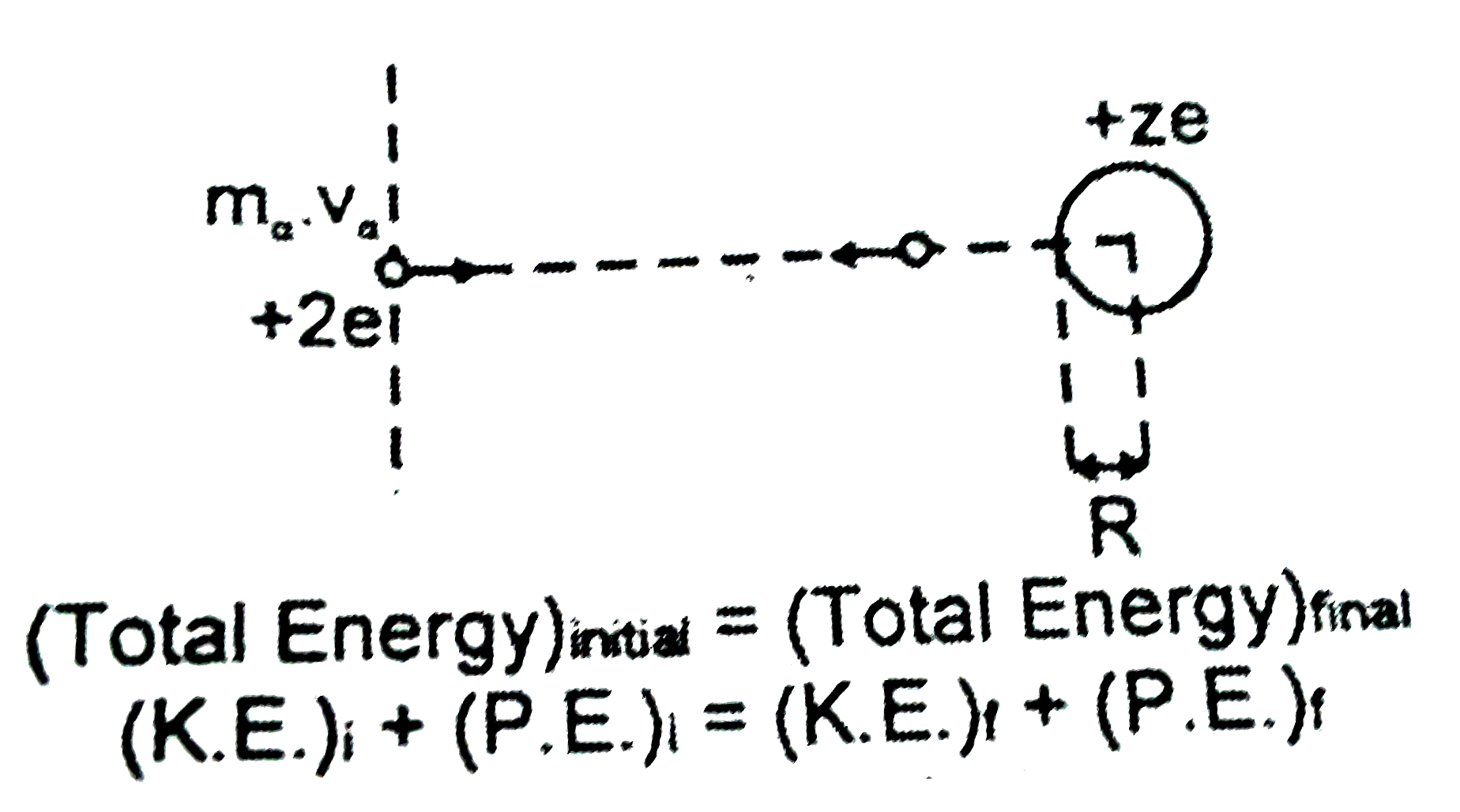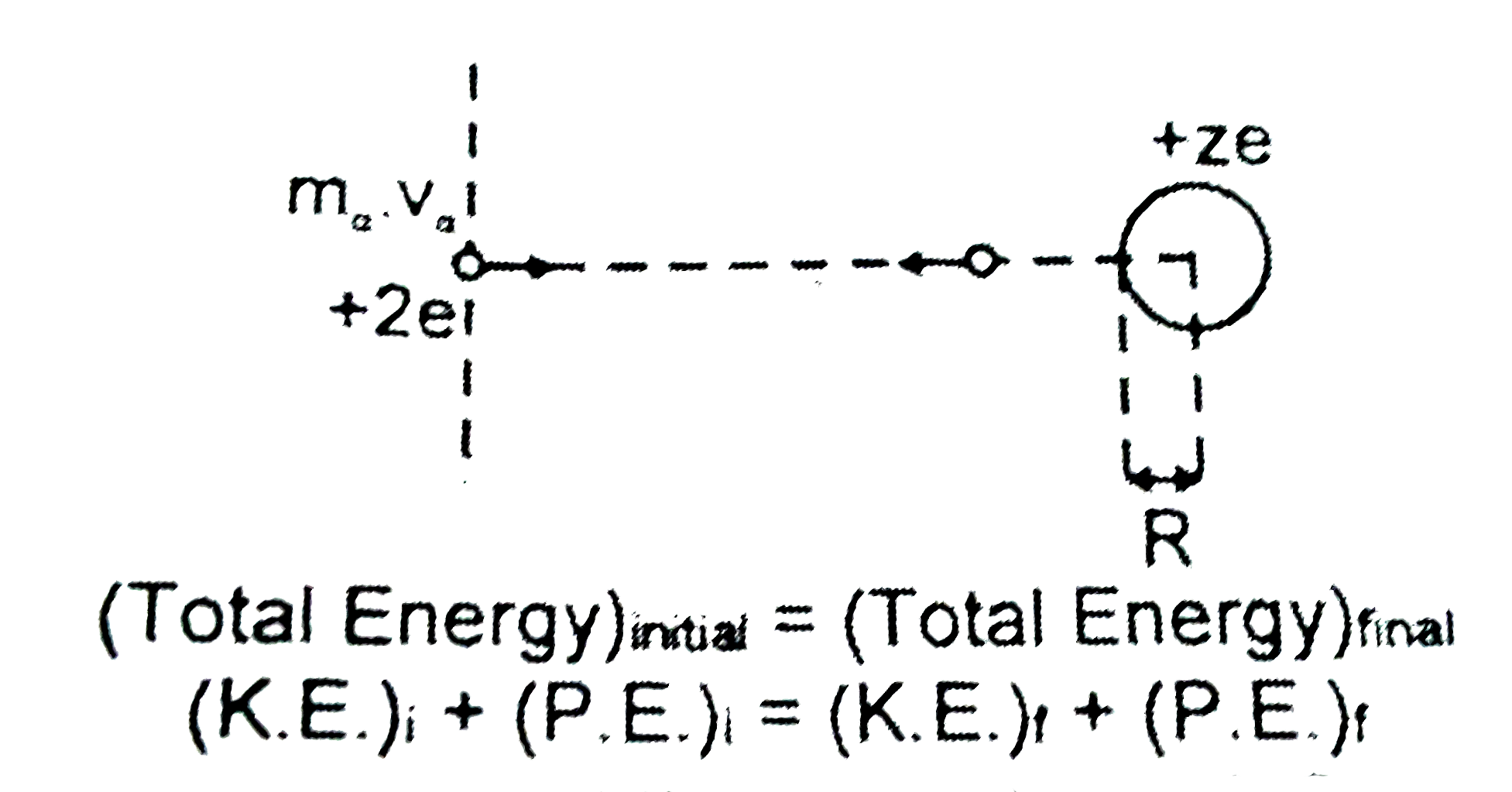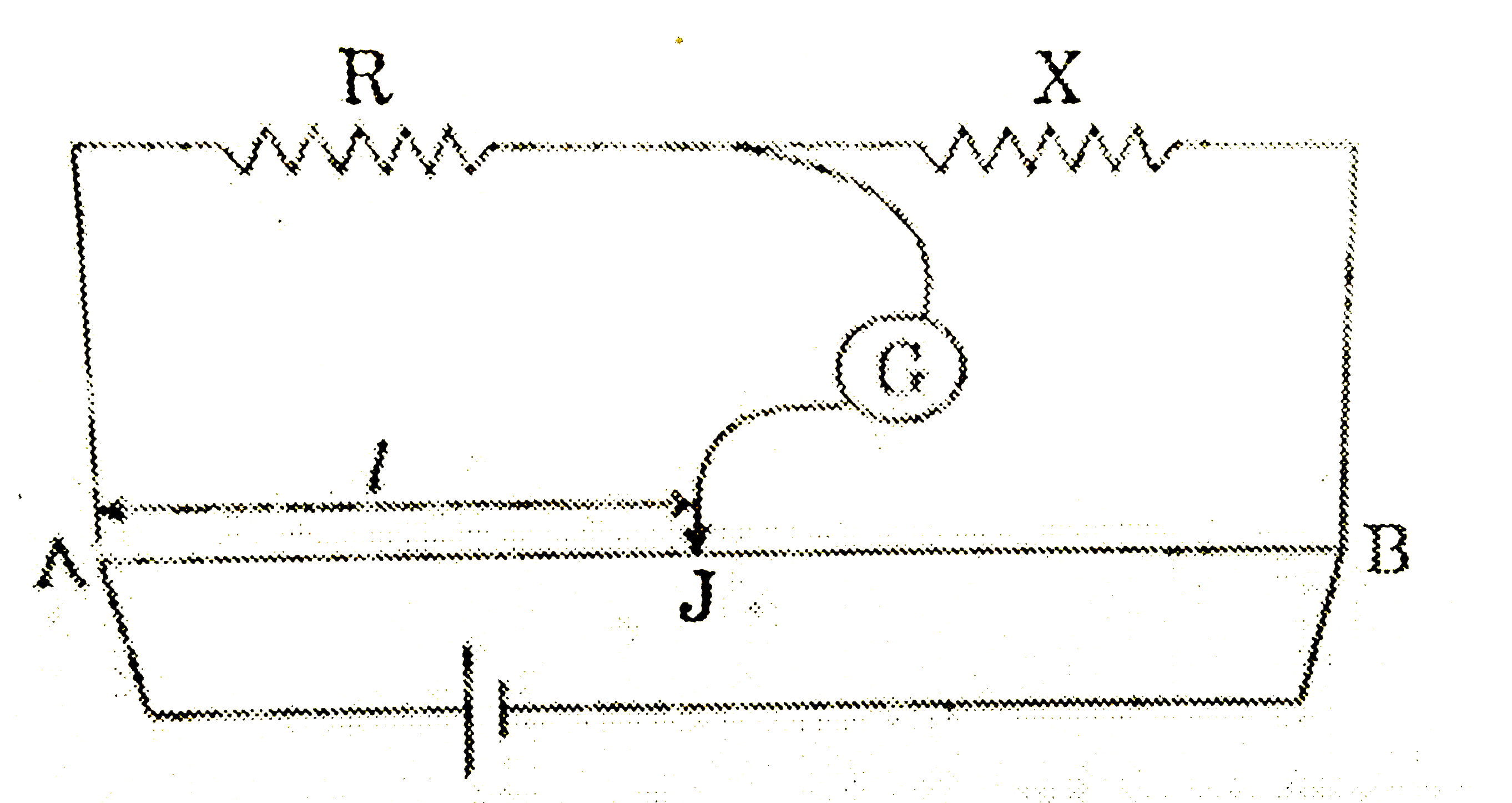What do you think would be the observation of α-particle scattering experiment if carried out on (i) heavy nucleus like platinum (ii) light nuclei like lithium.
Step by step video & image solution for What do you think would be the observation of alpha-particle scattering experiment if carried out on (i) heavy nucleus like platinum (ii) light nuclei like lithium. by Chemistry experts to help you in doubts & scoring excellent marks in Class 9 exams.
Topper's Solved these Questions
- BOOK - ICSECHAPTER - ATOMIC STRUCTURE AND CHEMICAL BONDINGEXERCISE - EXERCISE 4(B)12videos
ATOMIC STRUCTURE AND CHEMICAL BONDING
- BOOK - ICSECHAPTER - ATOMIC STRUCTURE AND CHEMICAL BONDINGEXERCISE - EXERCISE 4(C)54videos
ATOMIC STRUCTURE AND CHEMICAL BONDING
- BOOK - ICSECHAPTER - ATMOSPHERIC POLLUTIONEXERCISE - EXERCISE 8(D)38videos
ATMOSPHERIC POLLUTION
- BOOK - ICSECHAPTER - CHEMICAL CHANGES AND REACTIONSEXERCISE - EXERCISE 2(C)30videos
CHEMICAL CHANGES AND REACTIONS
Similar Questions
What do you think would be the observation if the α-particle scattering experiment is carried out using a foil of a metal other than gold ?
View SolutionRutherford's α-particle scattering experiment showed that
(i) electrons have negative charge.
(ii) the mass and positive charge of the atom is concentrated in the nucleus.
(iii) neutron exists in the nucleus.
(iv) most of the space in atom is empty.
Which of the above statements are correct ?View SolutionRutherford model: The approximate size of the nucleus can be calculated by using energy conservation theorem in Rutherford's α-scattering experiment. If an α-particle is projected from infinity with speed v towards the nucleus having Z protons, then the α-particle which is reflected back or which is deflected by 180∘ must have approached closest to the nucleus .It can be approximated that α particle collides with the nucleus and gets back. Now if we apply the energy conservation equation at initial point and collision point then:

(P.E.)i=0, since P.E. of two charge system separated by infinite distance is zero. Finally the particle stops and then starts coming back.
12mαv2α+0=0+Kq1q2R⇒12mαv2α=K2e×ZeR⇒R=4KZe2mαv2α
Thus the radius of nucleus can be calculated using above equation. The nucleus is so small a particle that we can't define a sharp boundary for it
Radius of a particular nucleus is calculated by the projection of α-particle from infinity at a particular speed. Let this radius is the true radius . If the radius calculation for the same nucleus is made by another α-particle with half of the earlier speed, then the percentage error involved in the radius calculation is :View SolutionRutherford model: The approximate size of the nucleus can be calculated by using energy conservation theorem in Rutherford's α-scattering experiment. If an α-particle is projected from infinity with speed v towards the nucleus having Z protons, then the α-particle which is reflected back or which is deflected by 180∘ must have approached closest to the nucleus .It can be approximated that α particle collides with the nucleus and gets back. Now if we apply the energy conservation equation at initial point and collision point then:

(P.E.)i=0, since P.E. of two charge system separated by infinite distance is zero. Finally the particle stops and then starts coming back.
12mαv2α+0=0+Kq1q2R⇒12mαv2α=K2e×ZeR⇒R=4KZe2mαv2α
Thus the radius of nucleus can be calculated using above equation. The nucleus is so small a particle that we can't define a sharp boundary for it
An α-particle with initial speed v0 is projected from infinity and it approaches up to r0 distance from a nuclie. Then, the initial speed of α-particle, which approaches upto 2r0 distance from the nucleus is :View Solution(i) What do you observe when glucose is treated with bromine water?
(ii) What is isoelectric point ?View SolutionWhat do you understand by electrolysis ? What chemical processes occur during the electrolysis of aqueous solution of:
(i) CuSO4 using platinum electrodes?
(ii) CuSO4 using copper electrodes?View SolutionAn atomic nucleus A is composed of 84 protons and 128 neutrons. The nucleus A emits and alpha particle and is transformed into a nucleus B.
(i) What is the composition of B ?
(ii) The nucleus B emits a beta particle and is transformed into a nucleus C. What is the composition of C?
(iii) What is mass number of the nucleus A ?
(iv) Does the composition of C change if it emits gamma radiations ?View SolutionIn the meter bridge experiment, balance point was observed at J with AJ=I.
(i) The values of R and X were doubled and then interchanged. What would be the new position of balance point
(ii) If the galvanometer and battery are interchanged at the balance position, how will the balance point get affected?
 View Solution
View SolutionTwo ideal gas thermometer A and B use oxygen and hydrogen respectively . The following observations are made:
Temperature, Pressure therometer A, Pressure therometer B
Triple point of water, 1.250×105Pa, 0.200×105Pa
Normal melting point of sulphur, 1.797×105Pa, 0.287×105Pa
(a) What is the absolute temperature of normal melting point of sulphur as read by thermometers A and B ?
(b) What do you think is the reason for the slightly different answers from A and B ? (The thermometers are not faulty). what further procedure is needed in the experiment to reduce the discrepancy between the two readings.View SolutionAvneet buys 9 square paving slabs, each with a side of 12 m. He lays them in the form of a square. (a) What is the perimeter of his arrangement [Fig 10.7(i)]? (b) Shari does not like his arrangement. She gets him to lay them out like a cross. What is the perimeter of her arrangement [(Fig 10.7 (ii)]? (c) Which has greater perimeter? (d) Avneet wonders if there is a way of getting an even greater perimeter. Can you find a way of doing this? (The paving slabs must meet along complete edges i.e they cannot be broken.)
View Solution

